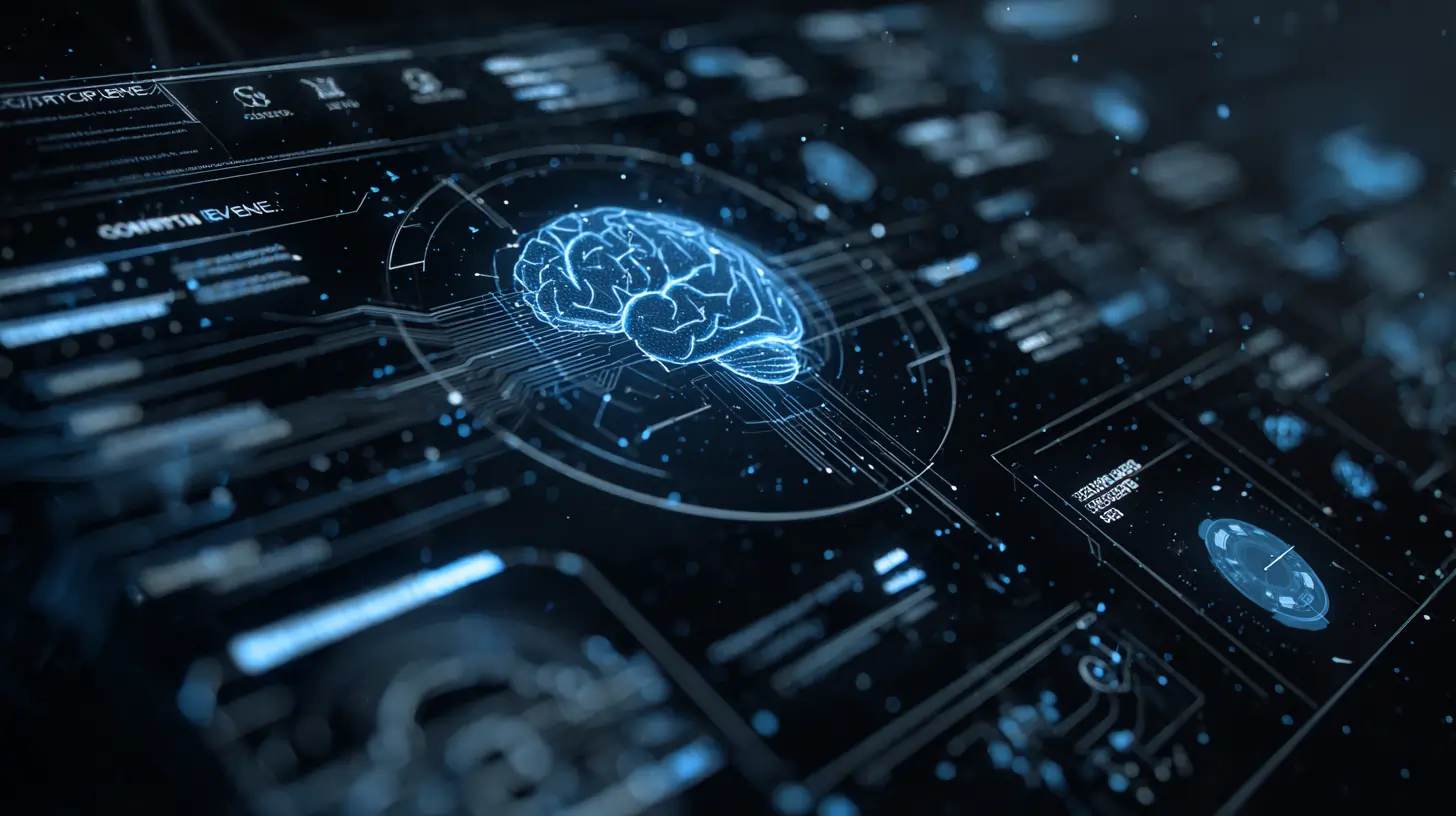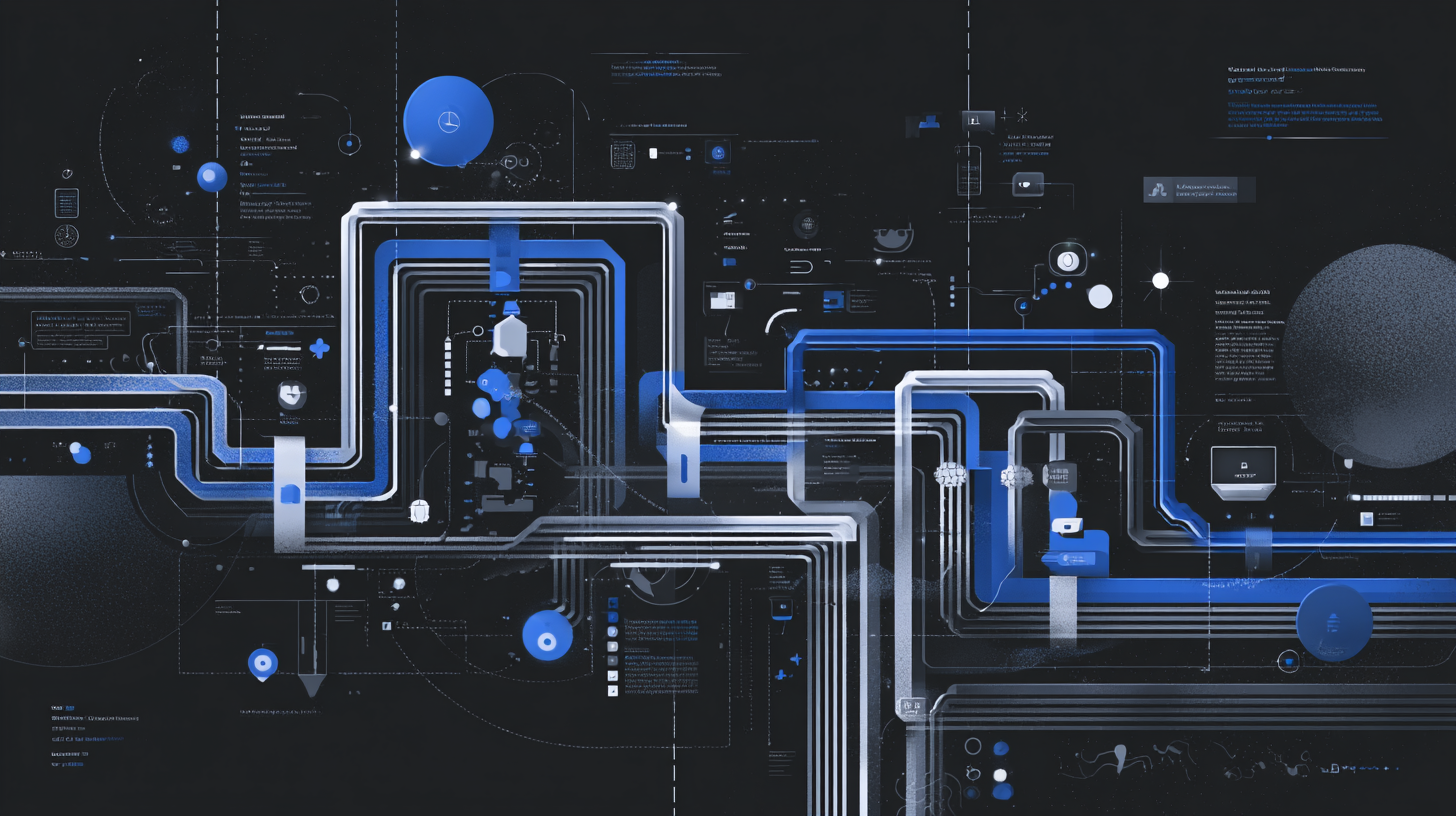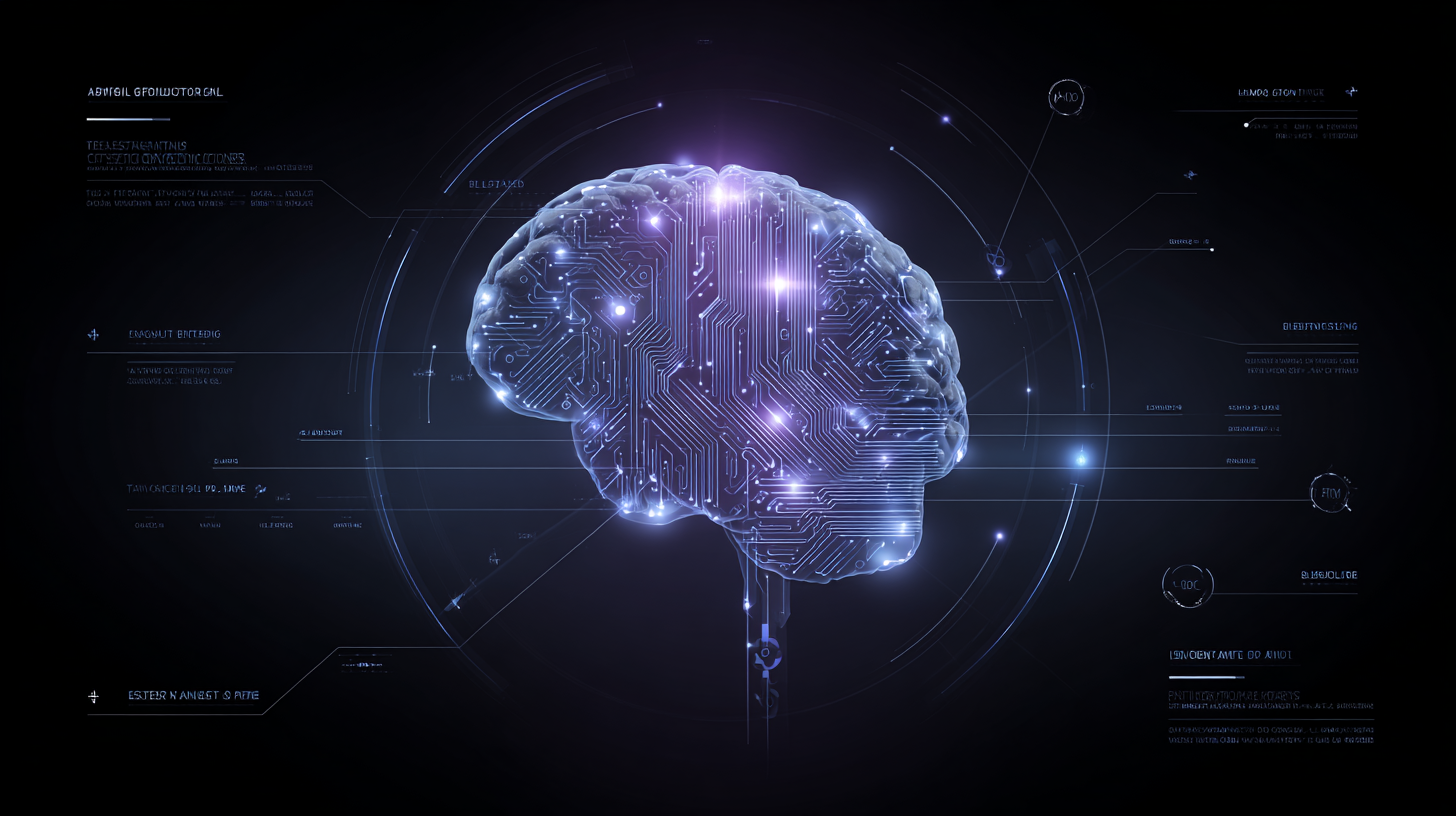Data is the lifeblood of modern enterprises, yet it is often scattered across tables, documents, or streams. The result: silos, long analysis cycles, and missed opportunities. The key to breaking down these barriers is the Knowledge Graph. It transforms isolated data points into a web of knowledge, making relationships explicit and machine-readable, and forming the backbone of a modern data architecture.
This article explains what a Knowledge Graph is, why it matters for AI and automation, and how organizations can leverage it to build a future-proof data strategy.
From Isolated Data to Connected Knowledge
From Isolated Data to Connected Knowledge
Relational databases store facts in rows and columns. A Knowledge Graph, however, focuses on relationships. It links entities like customers, products, or processes with precisely defined relations.
Example: Order123 includes Product A.
Expressed as a triple (subject → predicate → object), this fact is immediately understandable by both humans and machines.
The decisive difference: context emerges from connections. A customer is not just an ID, but embedded in contracts, support tickets, deliveries, and sustainability indicators. This “why behind the data” unlocks new insights.
Building Blocks of a Knowledge Graph
A common misconception is that a Knowledge Graph is just a graph database. In reality, it is about semantically enriched data. Ontologies provide a common language for IT and business alike, a decisive step in overcoming communication barriers between functions and technology.
Knowledge Graphs are built on two layers:
- Ontology: define classes, properties, and relations. It ist he description of your business, the semantic rulebook for machines to understand the data
- Facts: instances of each class described by the ontology, typically stored in very different systems across the enterprise
Together, the ontology layer and fact graph form a Knowledge Graph. Standards such asRDF, OWL, and SPARQL make Knowledge Graphs interoperable and globally applicable. This allows enterprises to logically connect sources without duplicating data.
Path to a Knowledge Graph
A knowledge graph doesn’t need to be built in one massive step. It can grow federated, domain by domain:
- Start with a clear use case.
- Align business terminology, avoid endless debates.
- Connect sources step by step.
- Measure and communicate success.
Over time, the enterprise builds a digital twin that scales organically.
Conclusion:
A KnowledgeGraph is like the employee who has been in the company for decades, knows everyone, and remembers everything – except it never retires and is machine-readable.
In times of stricter regulation and AI-driven automation, fragmented data is a liability. A Knowledge Graph turns it into a living web of knowledge that makes answers faster, traceable, and more robust.
To modernize data architecture, enterprises should not build the next silo, but a semantic backbone that makes knowledge usable for both humans and machines.







